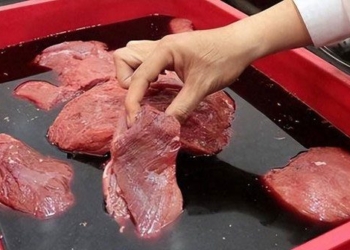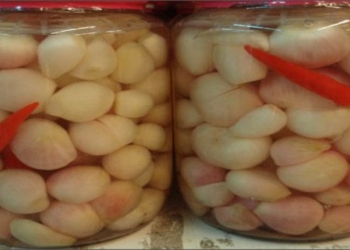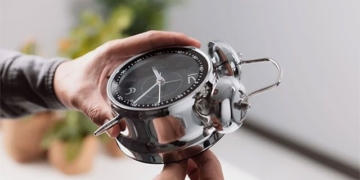In an article published on The Conversation, Professor Enzo Palombo, an expert in microbiology at Swinburne University of Technology (Australia), explains the “fried rice syndrome” and how to prevent it.
According to Professor Enzo Palombo, a condition referred to as “fried rice syndrome” has recently caused confusion on TikTok by recalling a death case from 2008.
The victim in question was a 20-year-old university student who died after eating spaghetti that had been stored in the refrigerator for five days, despite having reheated it.

If you want to make fried rice, ensure that leftover rice is cooled promptly after cooking and should be eaten soon after reheating – (Image courtesy of the Internet)
He was diagnosed with “fried rice syndrome,” which occurs when Bacillus cereus bacteria attack cooked foods that have been left out for too long, often starchy foods, and is most commonly associated with fried rice.
Bacillus cereus does not always cause severe illness or death, but the case of this unfortunate young man serves as a warning.
Many people believe that reheating or cooking food again makes it safe. However, Bacillus cereus spores are highly heat-resistant. Essentially, these spores are usually inactive, but given the right temperature and conditions, they can begin to grow and produce toxins.
Fried rice is often only delicious when made with dry, old rice and reheated, making it a dish frequently linked to food poisoning caused by Bacillus cereus, leading to the condition known as “fried rice syndrome.”
According to Professor Palombo, symptoms of Bacillus cereus infection include diarrhea and vomiting, which typically resolve after a few days; however, some vulnerable individuals – such as children and those with underlying health conditions – may require medical attention.
Bacillus cereus is not as commonly recognized as a cause of food poisoning compared to E. coli, Salmonella, or Campylobacter, hence it receives less attention.
To prevent “fried rice syndrome,” an important rule to remember is: “Leftover food should be hot when it needs to be hot, and cold when it needs to be cold.”
The primary “danger zone” – the temperature range suitable for bacteria – is above refrigerator temperatures and below 60 degrees Celsius.
After cooking a meal, if you plan to save leftovers, it’s essential to cool them quickly without letting them sit out: Dividing them into smaller portions and placing them in the refrigerator is advisable.
Professor Palombo emphasizes the 2-hour/4-hour rule: If something has been taken out of the refrigerator for a maximum of 2 hours, it can safely go back in.
If it’s left out longer, it should be eaten immediately or discarded. If it has been outside for more than 4 hours, it poses a real danger.
Of course, you should also pay attention to other basic rules, including washing your hands before eating and before preparing food, and using clean utensils to avoid cross-contamination of pathogens from raw to cooked food.





















































